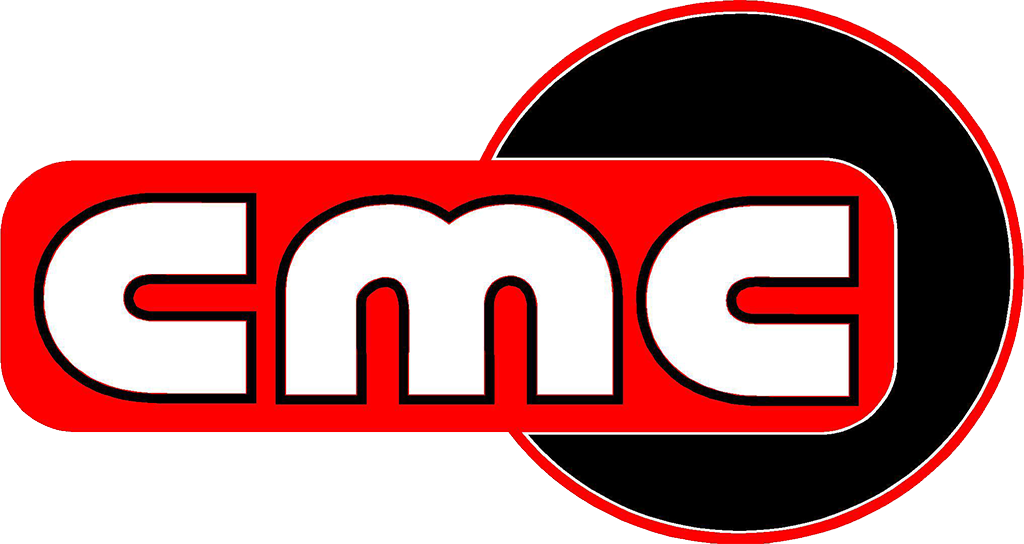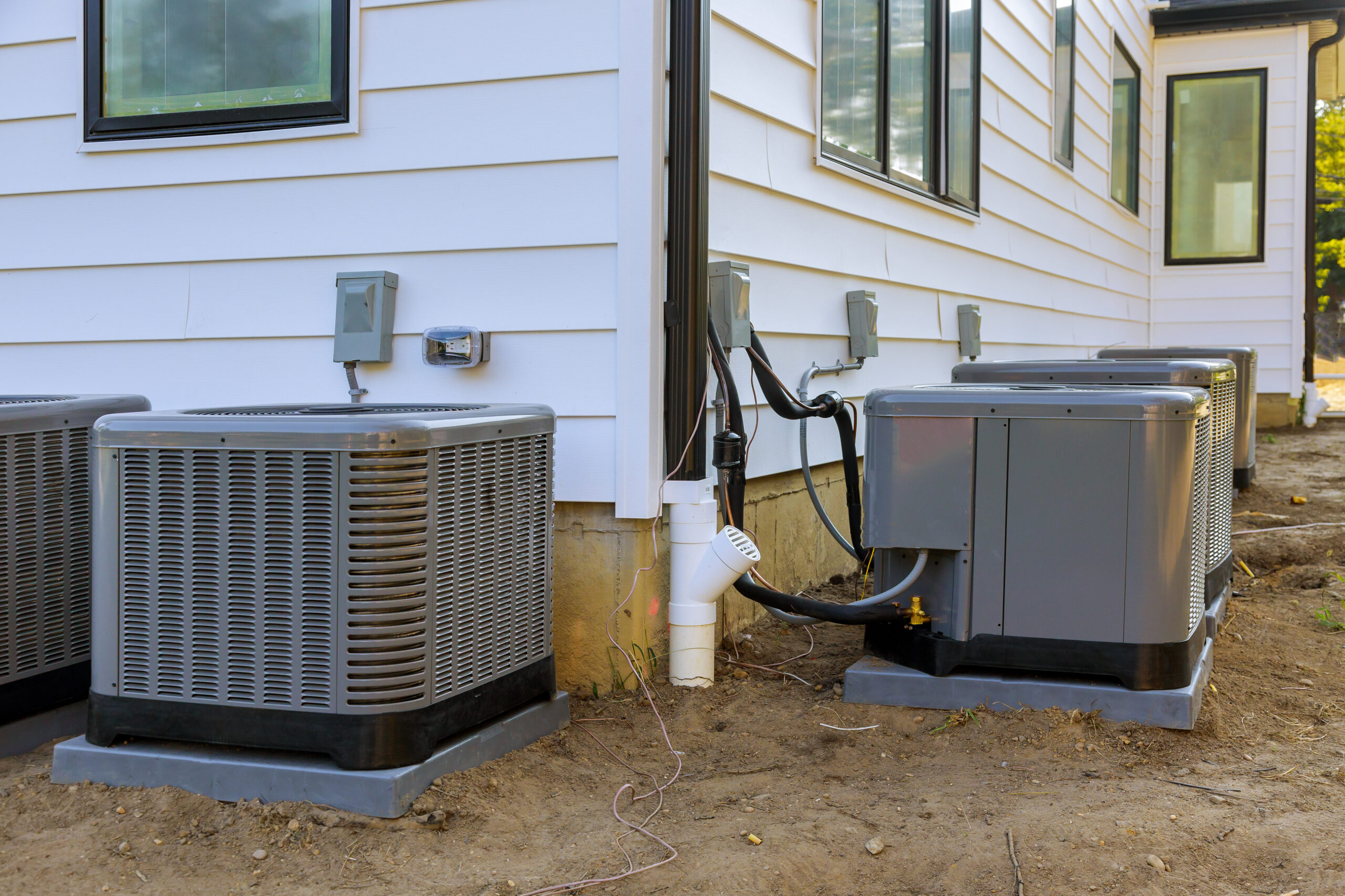If you’re one of the over 50 million Americans who suffer from allergies, you understand the importance of keeping your home allergen-free. You might try to keep your symptoms at bay with diligent dusting and vacuuming, but if you still suffer from seasonal allergies while you’re indoors, you may be overlooking how your HVAC system is affecting you. Your HVAC should filter contaminants out of your air, but if it’s not properly maintained, it could cause unwanted allergens to spread throughout your house. Luckily, there are simple solutions to HVAC-borne allergens, such as mold, mildew, dust, and pollen. Read on to learn more.
1. Your Air Filters Are Dirty
Filters clean the air that circulates throughout your home by trapping soil, dust, and other allergens. If you don’t change your filters regularly, they become clogged and inefficient. Your HVAC will suffer from restricted airflow, and allergens will accumulate inside your home.
Solutions
- Most manufacturers recommend changing your air filters every 30-90 days. If you or your family members suffer from severe allergies, stick to changing them once a month.
- Invest in high-quality HEPA filters with a MERV rating of 10 or above.
- When the weather is nice, and you don’t need to cool your home, you still need to run your AC. You should regularly circulate the air inside your home, even if it’s only for 30 minutes.
- Keep the registers and return vents clean.
2. Mold and Mildew Are Living Inside Your System
An improperly maintained HVAC system can collect condensation and humidity, particularly in and around the drip pan, air ducts, and evaporator coils. The moisture allows mold, mildew, and bacteria to grow. When that happens, the spores can travel into your home and circulate while your unit is running, triggering allergies. Also, if mold goes undetected, it can multiply rapidly, and that’s dangerous for everyone—even those without allergies.
Solutions
- Have your AC unit professionally cleaned and inspected at least once a year. A technician will ensure there is no water damage or leaking within your system. They’re also trained to spot mold growth and can help you safely remove it.
- Ideally, your indoor humidity level should be between 30 and 50 percent. If you have a hard time managing the humidity in your home, install a dehumidifier.
- Consider adding a UV light air purifier to your home.
3. Your Outside Unit Is Dirty or Covered in Debris
Your HVAC system pulls air from outside and then circulates it throughout your home. If your outdoor unit is dirty, covered in debris, or surrounded by pollinating plants, it could be pulling allergens into your house.
Solutions
- Check your unit often and remove debris such as grass clippings and fallen leaves.
- Remove pollinating plants that surround your HVAC system.
- Schedule annual AC services. A technician will ensure that dirt and debris are not clogging the inside of your unit.
4. Your Ducts Are Loose or Need to Be Cleaned
Insects, rodents, and aging can cause the sealing around your ducts to break down. When that happens, they become loose and allow excess dust and humidity into your home. Even if your ducts are not in disrepair, allergens can still collect inside them and circulate throughout your home.
Solutions
- Be mindful of dented or collapsing ducts or rattling and banging noises. If you notice any of these problems, schedule an HVAC repair immediately.
- Have your ducts regularly cleaned and inspected by a professional HVAC technician.
Keeping your HVAC system cleaned and maintained can ease your allergy symptoms this fall. Call the professionals at Coastal Mechanical Contractors to schedule your preventative HVAC maintenance today.

